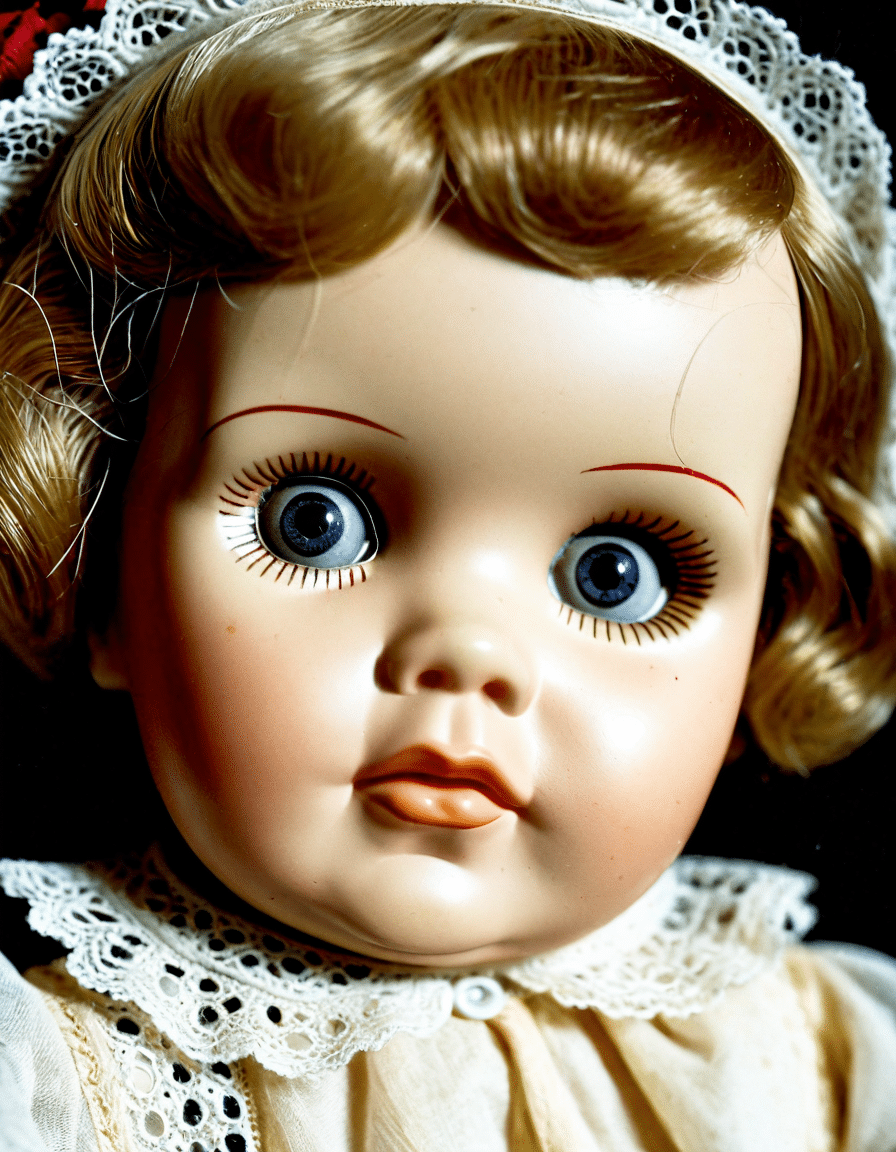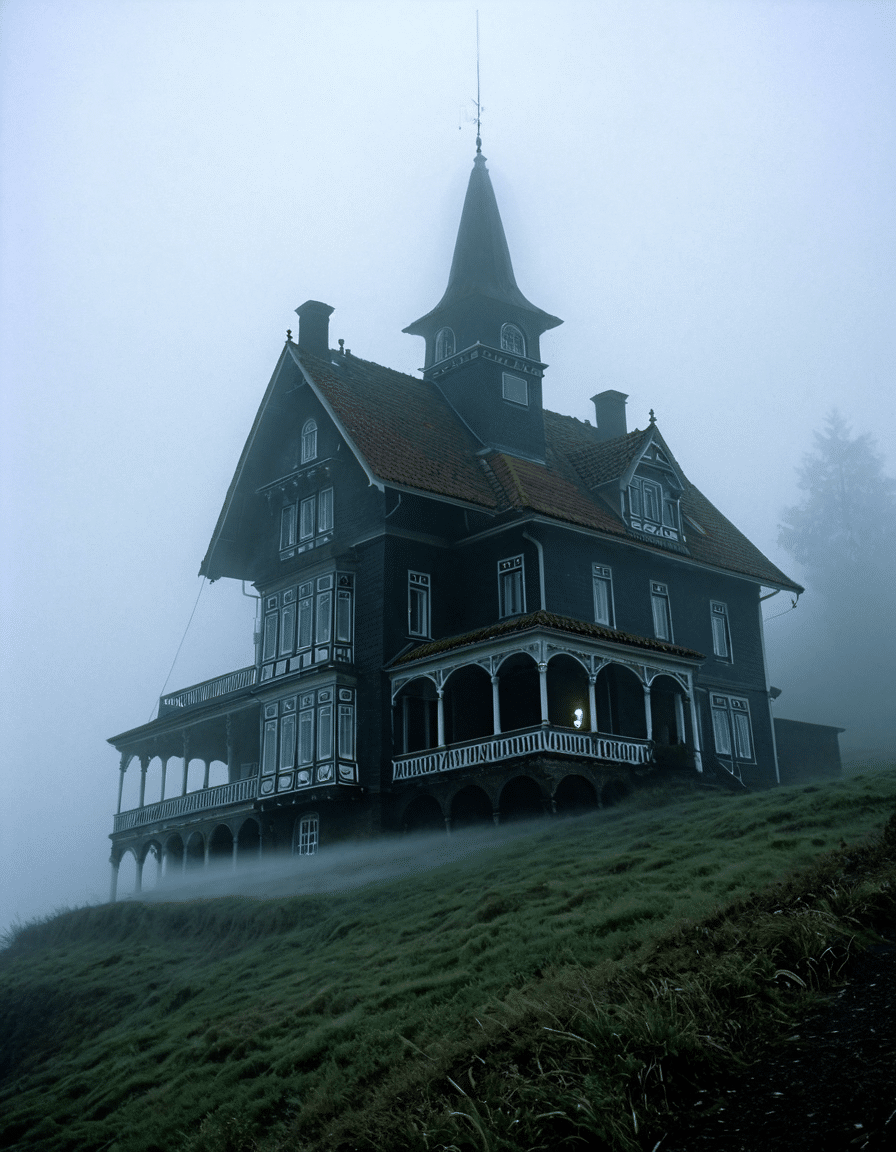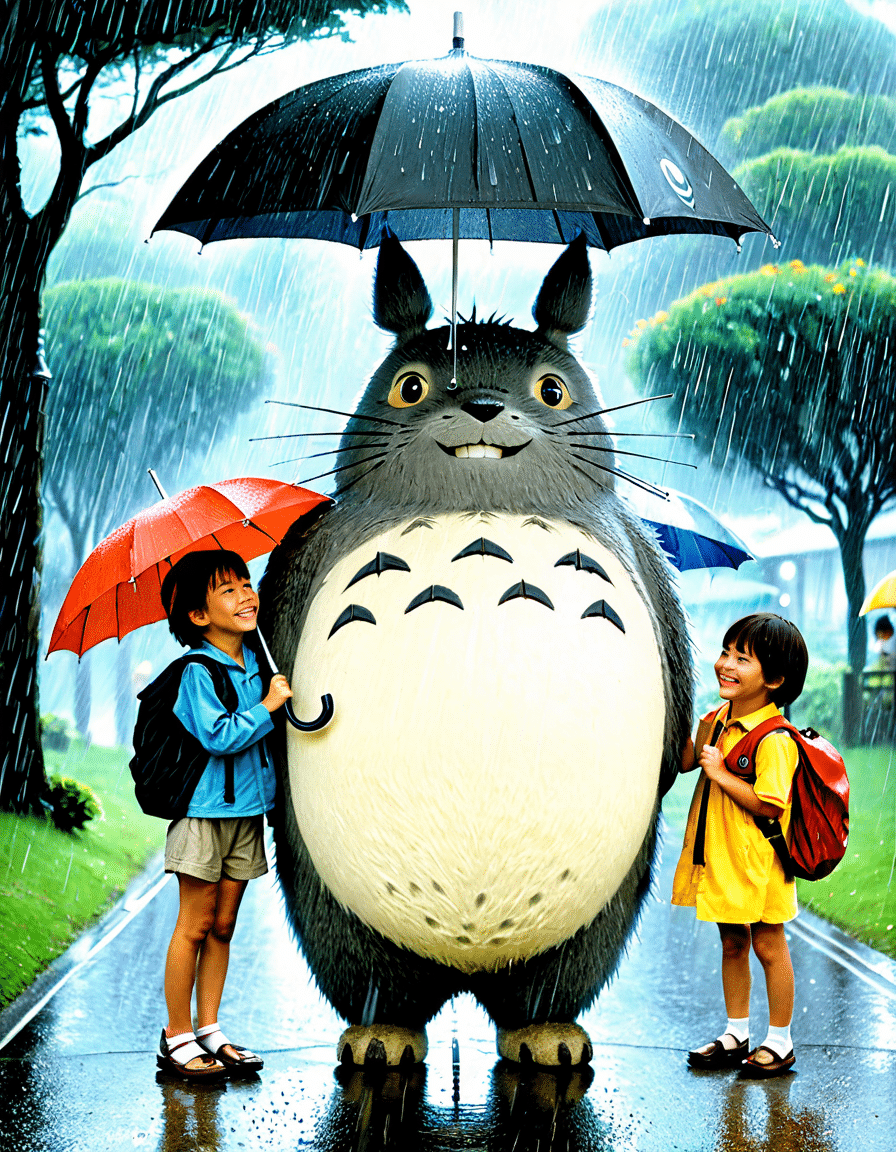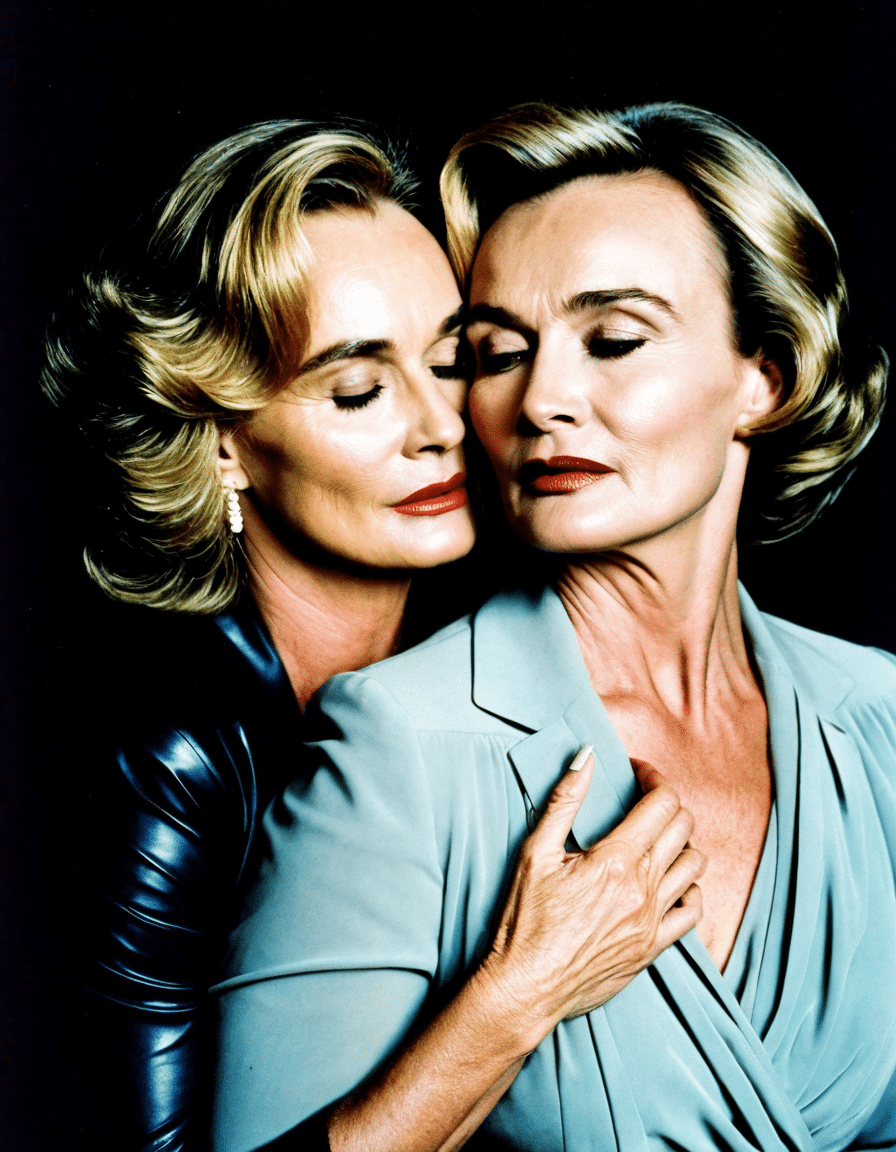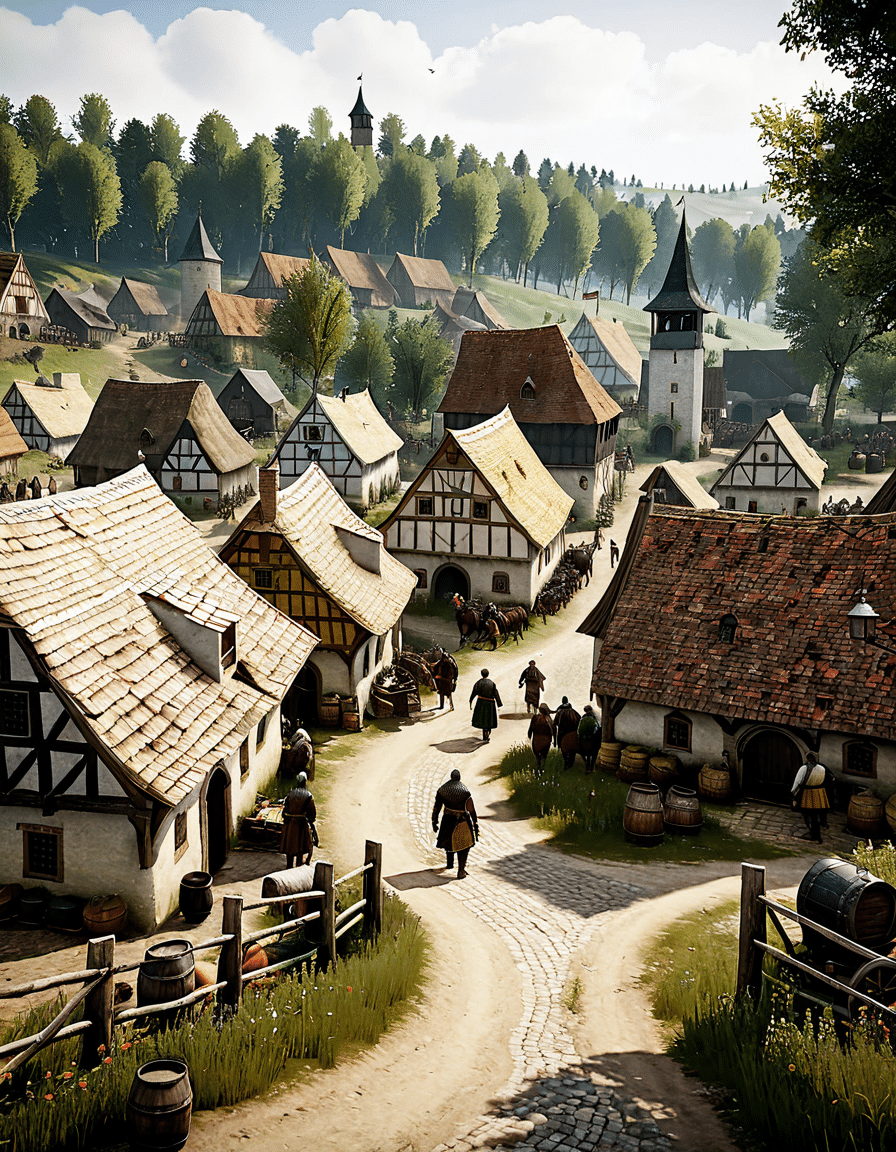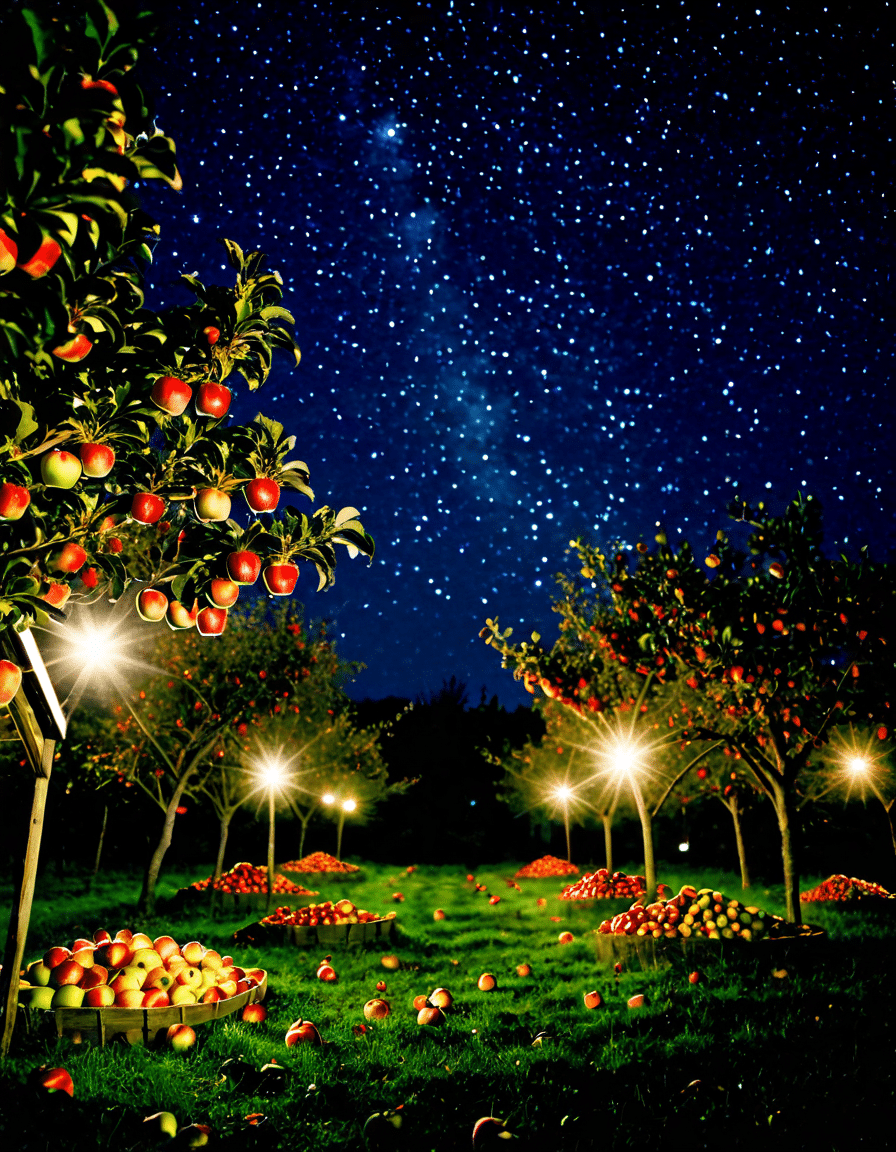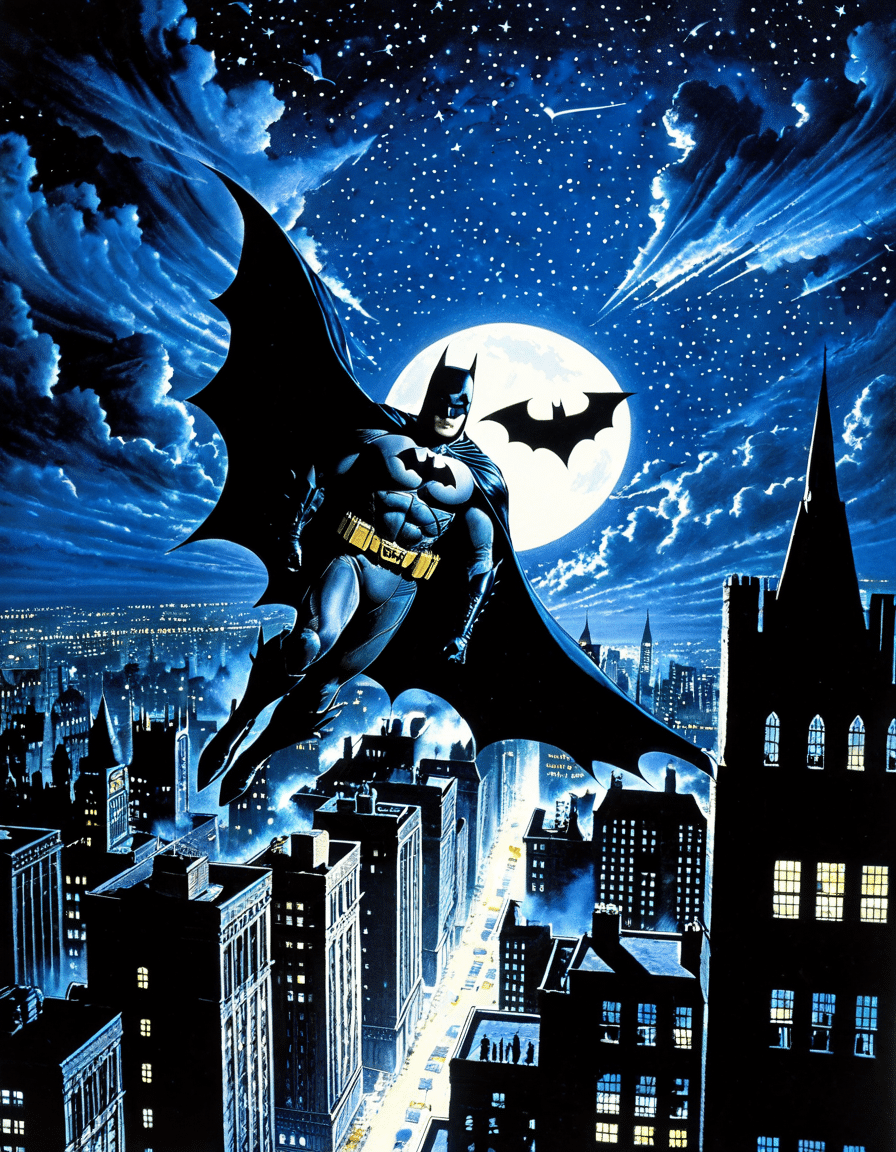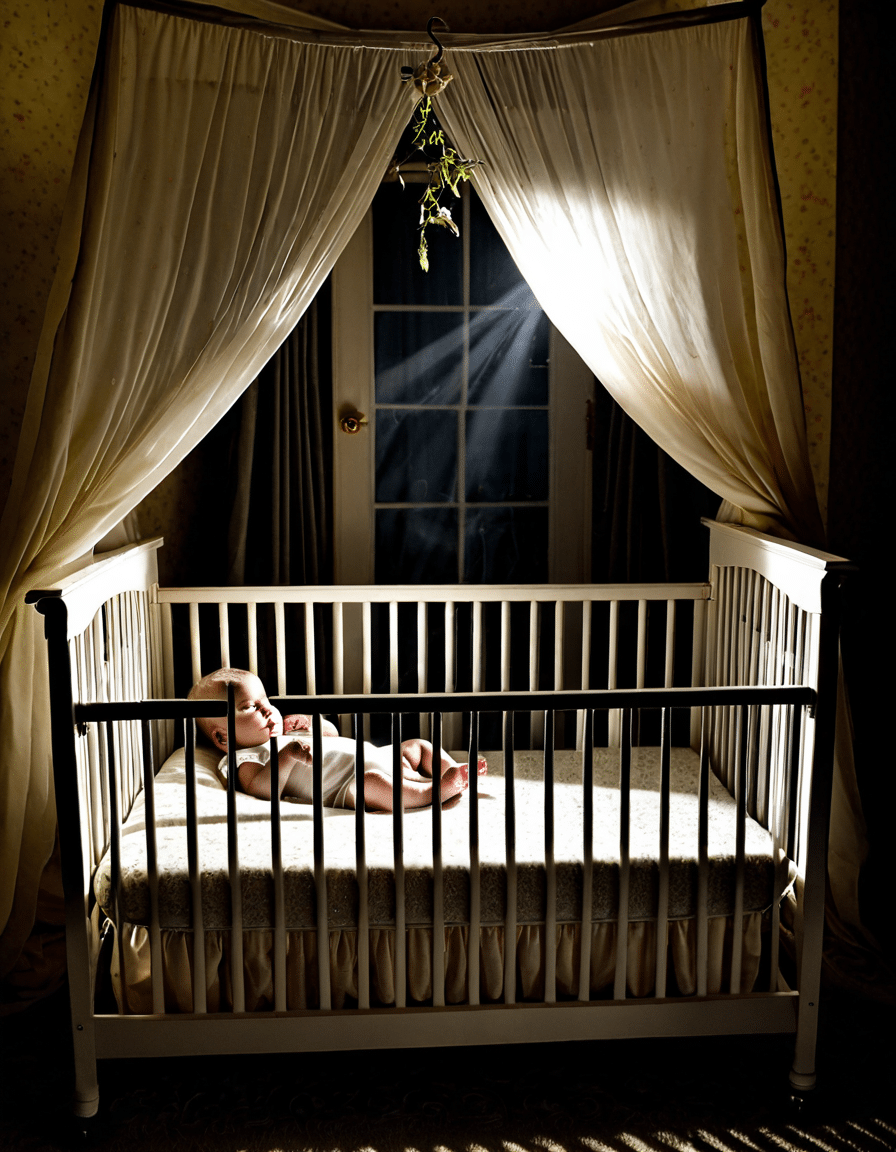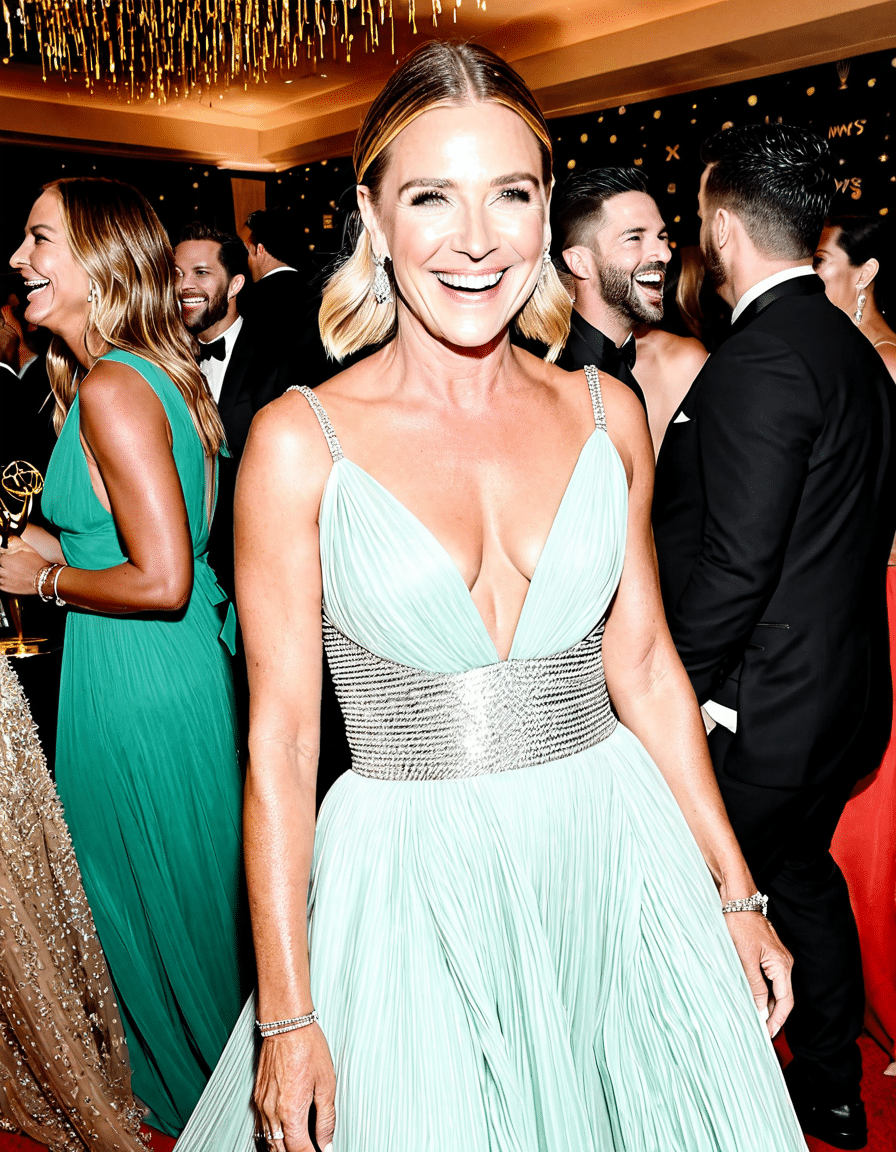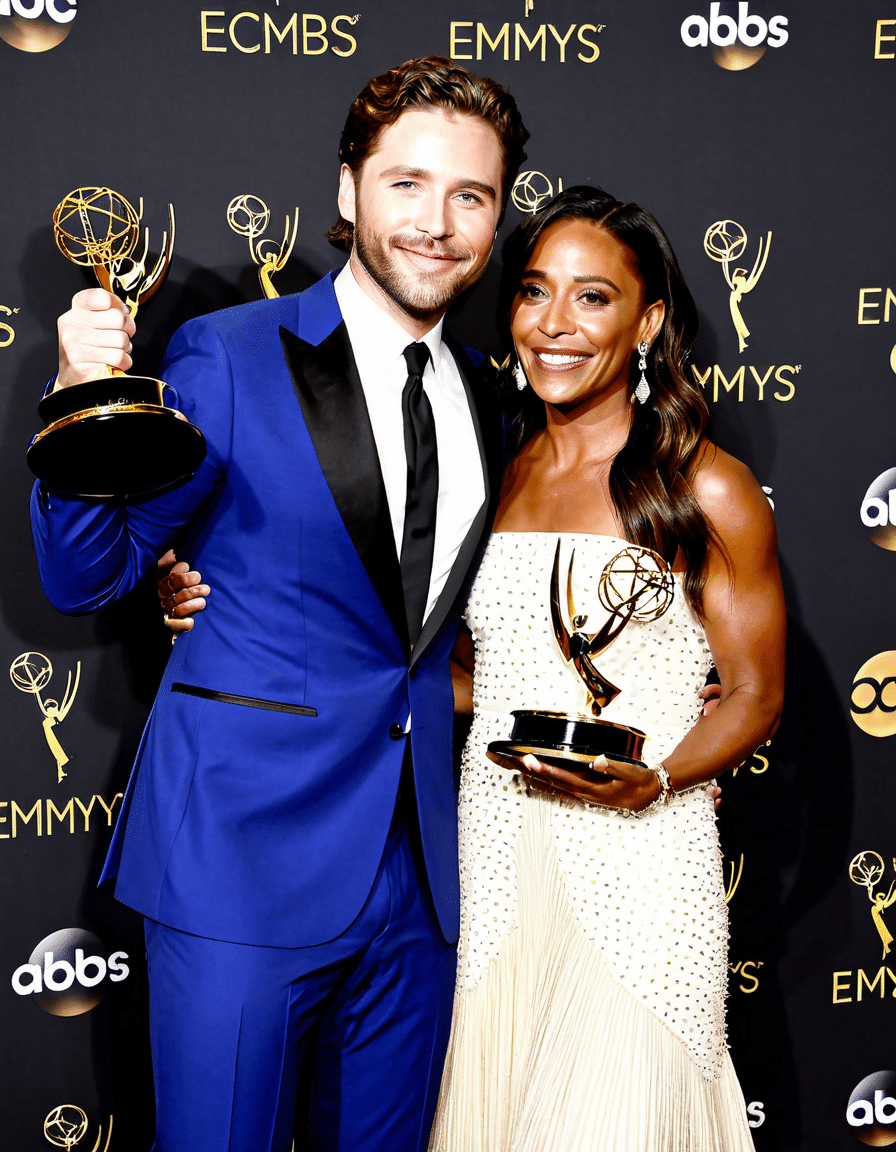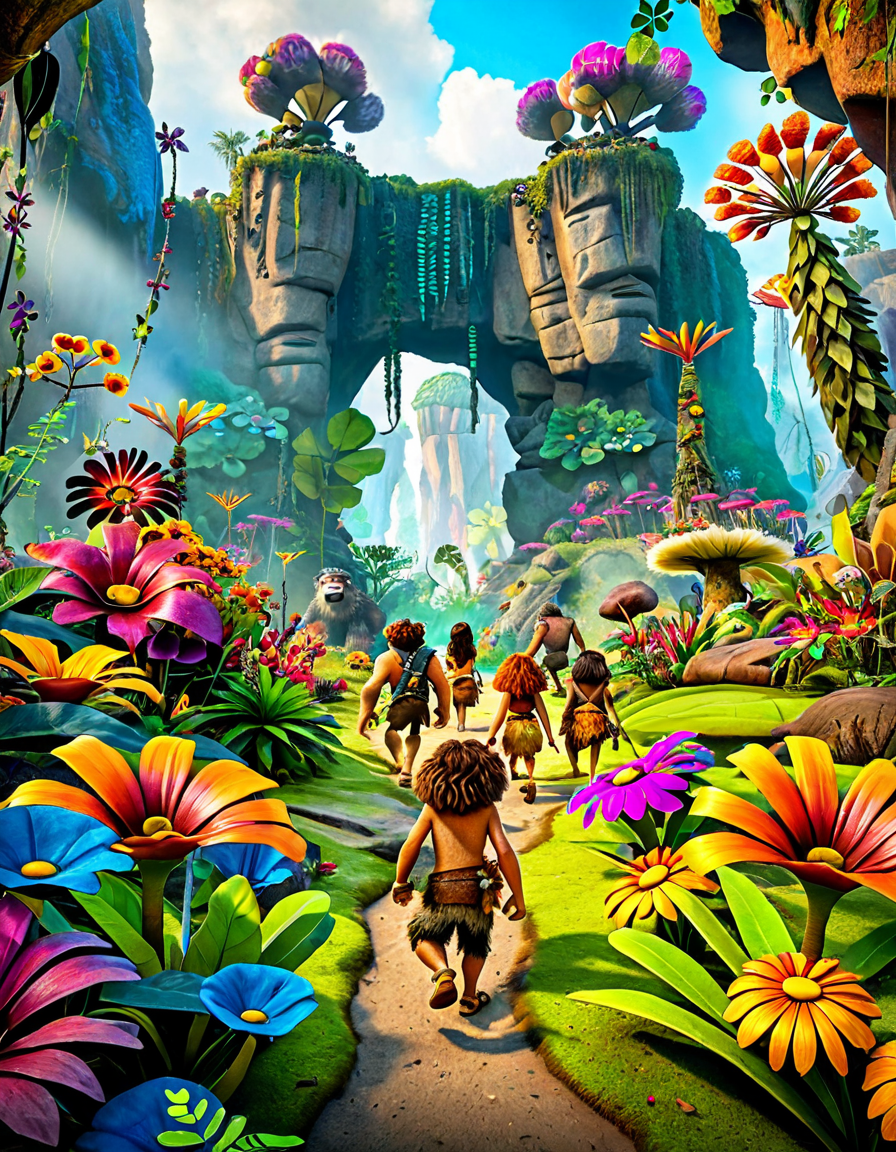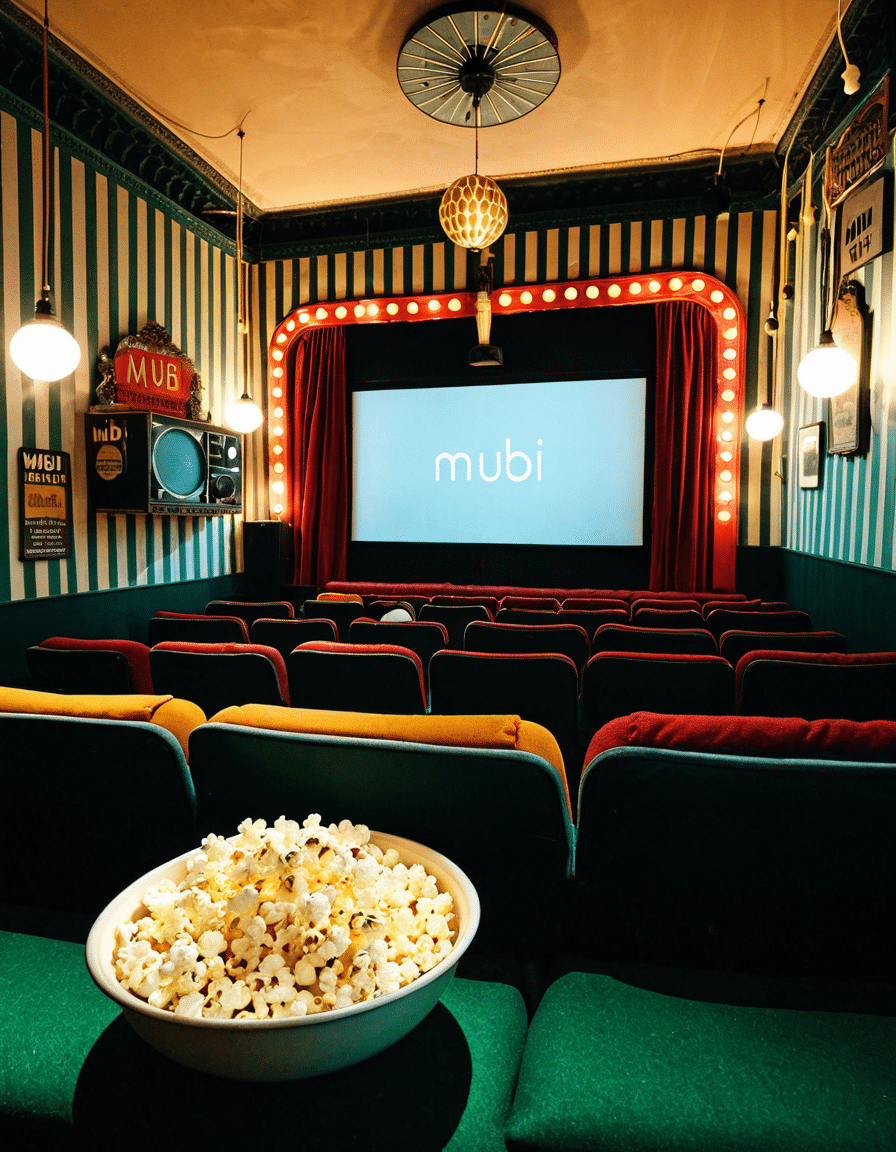Rosemary’s Baby, released in 1968, has undeniably become a titan in the world of horror. Directed by Roman Polanski and based on Ira Levin’s haunting novel, this film takes viewers on an unsettling journey into the yawning chasm of psychological horror. At its core, it tells the story of Rosemary Woodhouse, a young woman wrestling with her identity amidst the creepiness of motherhood, paranoia, and the occult. It’s a film that doesn’t just stand the test of time; it sets a high bar for horror cinema that modern filmmakers are still trying to reach. The themes that emerge from Rosemary’s story echo through decades, influencing countless films and directors, proving that even after all these years, the chilling tale resonates deeply.
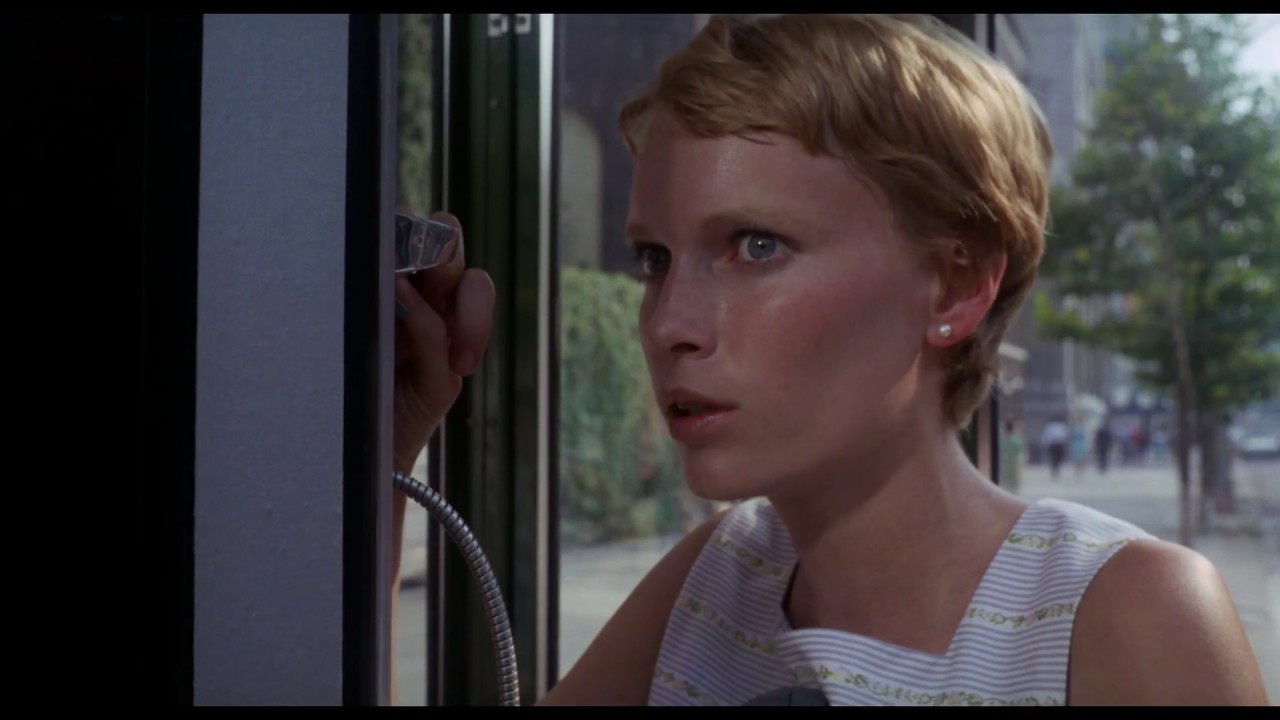
## Rosemary’s Baby: Captivating Horror and Its Legacy
The impact of Rosemary’s Baby can be felt pulsating through the veins of modern horror. It isn’t merely a flicker of inspiration—it’s a beacon guiding filmmakers through the fog of story crafting. From the psychological breakdown of its protagonist to the icky, mounting dread that surrounds her, the film flips the traditional horror narrative on its head. Instead of relying on supernatural elements alone, it burrows into the unsettling realities of human relationships and societal expectations.
Movies today that draw upon Rosemary’s Baby resonate with its sense of dread and anxiety. Whether it’s the ominous atmospheres or the exploration of complex themes, filmmakers have been loath to shake the legacy off like a winter coat. Modern works frequently refer back to this classic, threading its haunting influence into new narratives, and illuminating how fear can often dwell in the familiar instead of the unknown.
For example, a film like Hereditary echoes Rosemary’s relationship with her family, while crafting a narrative about the hidden histories buried beneath the surface of everyday life. It’s almost like a modern twist on the age-old adage—“the past is never dead; it’s not even past.” Today’s filmmakers continue to grapple with the concept of what it means to be a mother in their narratives, continuing the profound thematic journey initiated in the chilling confines of Polanski’s masterwork.
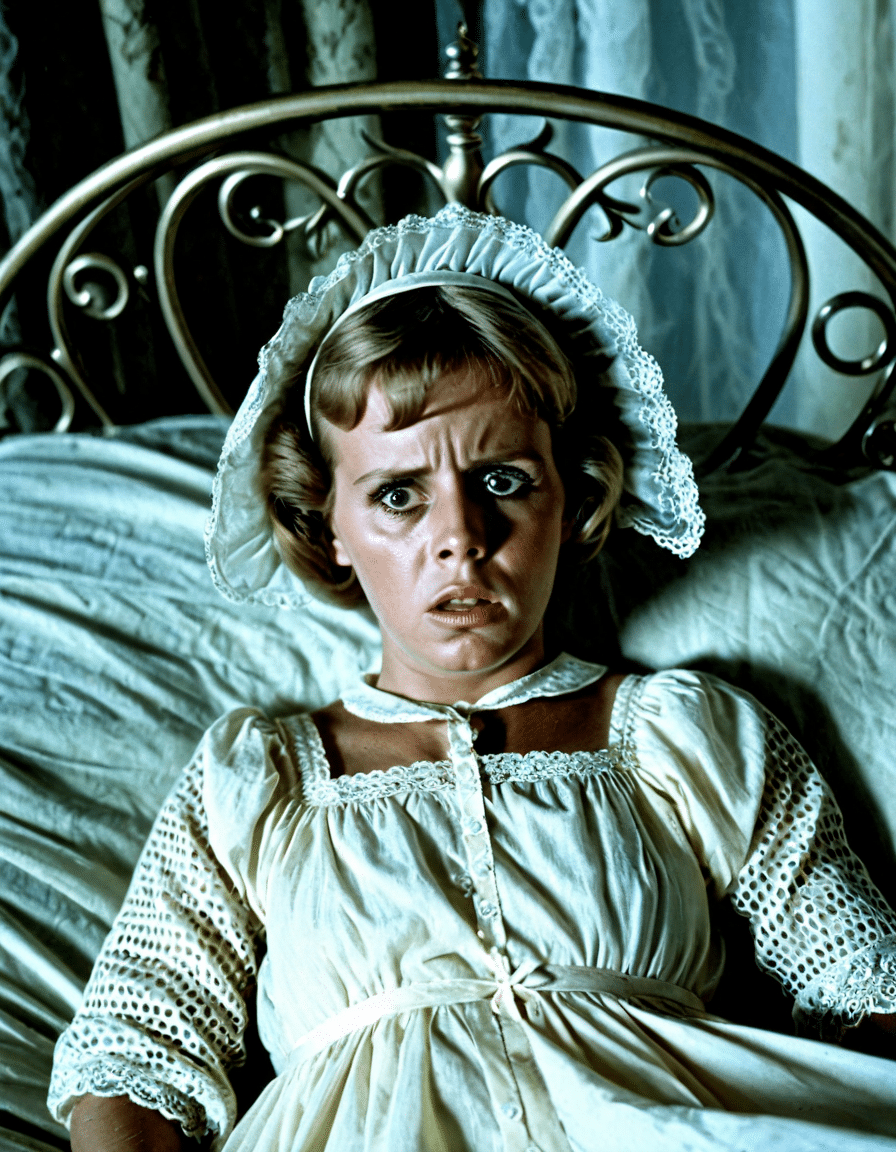
Top 7 Films and Shows Influenced by Rosemary’s Baby
Exploring the impact of Rosemary’s Baby, we can spot a web of films and TV shows that owe their eerie vibes to this horror classic. Here are seven notable examples, each weaving their unique threads into the fabric of Rosemary’s haunting legacy:
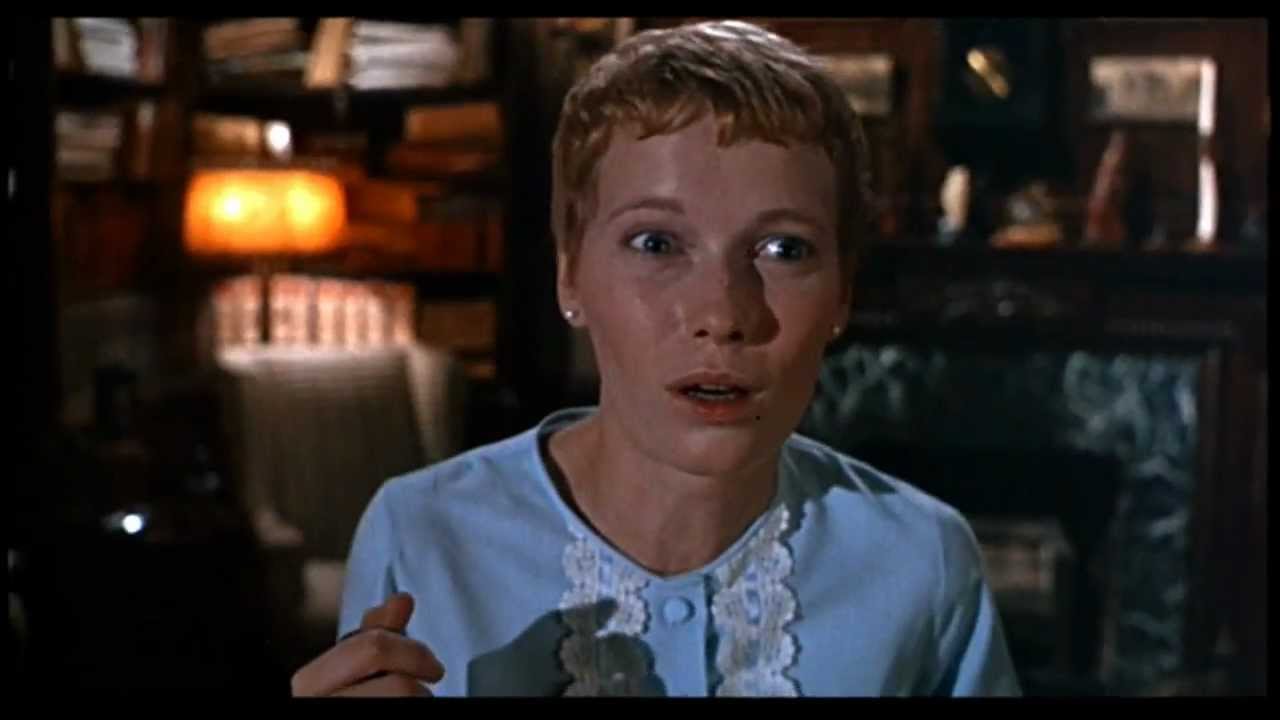
The Insidious Allure of Grandma’s Boy: Horror in Comedy
Taking a detour into horror-comedy, films like Grandma’s Boy (2006) unveil unexpected layers of psychological mayhem. Although it’s a comedy, the underlying fears of failure resonate powerfully, echoing Rosemary’s battle with her identity amidst manipulation. In many ways, Grandma’s Boy offers a humorous lens through which we can explore themes of dread and societal expectations.
In the world of laughter, horror often lurks. This comedic flick, with its exaggerated antics, allows a space where fears about personal achievement are cloaked in humor, much like Rosemary’s Baby, which delves into dark societal discussions often covered by the veneer of eerie suspense. It’s a reminder that horror can exist not just in blood and guts but entwined in the laughter that masks deeper anxieties of our societal roles.

Soundtrack & Songs Influenced by Rosemary’s Baby Aesthetic
The atmospheric score of Rosemary’s Baby, crafted masterfully by Krzysztof Komeda, has set the stage and tone for a multitude of artists through the ages. Its haunting melodies evoke a sense of mystery and foreboding, qualities that have seeped into various genres of music. For example, Teddy Swims’ soulful tracks resonate deeply with the emotions signaled in Rosemary’s journey—a blend of vulnerability and an innate longing for autonomy.
The connection between music and film runs deeper than a melodic backdrop. Artists today echo the themes of identity and fear reflected in Rosemary’s Baby, creating songs that resonate with similar emotional undercurrents. This dialogue between sound and sentiment continues to bridge the gaps across genres, leaving traces of the film’s psychological horror long after the credits roll.
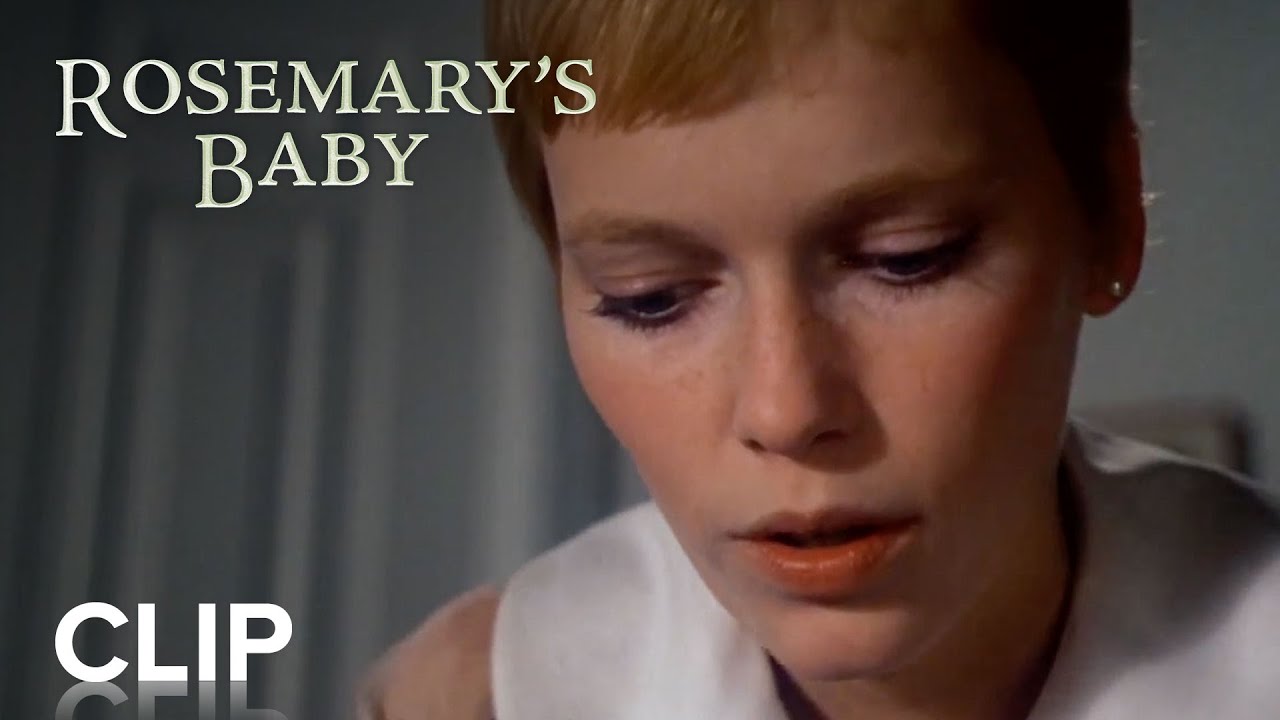
The Significance of Babes in Pop Culture: A Subtextual Analysis
Rosemary’s Baby sparked a dialogue on the representation of women in media, leading to a critical examination of autonomy versus societal roles. Known colloquially as “babes,” the depiction of women has evolved, yet continues to be steeped in outdated discussions about identity and control.
In Rosemary’s Baby, her evolution into a pawn in the male-dominated plot highlights crucial conversations about female identity that are still relevant today. Contrast this with reality shows like Dance Moms, where intense societal expectations stifle young girls’ identities, creating a modern mirror reflecting Rosemary’s plight.
The ongoing examination of women in media puts the spotlight on how much they’ve transformed since the late ’60s. Yet, in many ways, the fight for autonomy remains achingly present.
Distilling the Legacy: The Millers Girl Phenomenon
The Millers Girl phenomenon serves as a reminder of cultural nostalgia tightly woven into the themes of Rosemary’s Baby. Young women inching through their identities frequently connect with the story’s motifs of standing firm against societal influences. Today’s narratives often reflect a desire for independence, mirroring Rosemary’s struggle to reclaim her autonomy from overshadowing patriarchal forces.
As we continue to explore and redefine female narratives, the essence of Rosemary’s Baby endures, influencing a broader conversation about women’s rights and the supernatural ties binding family and control. This legacy of horror continues to thrive, shaping contemporary storytelling while paving the way for awareness and discussion of psychological struggles.
The exploration of Rosemary’s Baby and its far-reaching implications demonstrates how the film has forged a legacy that ignites thought in today’s cinema landscape. It artfully intertwines themes of horror, motherhood, and societal pressure, ensuring its position as a timeless piece of art, captivating new generations and reaffirming that the shadows born from this film remain as relevant as ever.
Much like that first chilling viewing of Rosemary’s Baby, its legacy will continue to haunt us, beckoning us to explore the dark underbelly of our own realities and fears.
Fun Trivia and Interesting Facts About Rosemary’s Baby
The Cinematic Innovation
Did you know “Rosemary’s Baby” wasn’t just a breakthrough horror film, but it also changed how studios approached psychological horror? Directed by the legendary Roman Polanski in 1968, the movie’s chilling atmosphere and unsettling themes set a new standard. Interestingly, it came out at a time when films like The Dark knight rises were yet to redefine the superhero genre, showcasing how genres could innovate and captivate audiences. Critics hailed it as a masterclass in psychological tension, much like how cassandra nova has pushed boundaries in modern storytelling.
Behind the Scenes
The story behind the making of “Rosemary’s Baby” is as gripping as the film itself. For instance, actress Mia Farrow had to undergo extensive transformation for her role, altering her iconic hairstyle multiple times. Talk about commitment! It’s often said that she actually embraced her character fully, almost like shaping a “Mr. Potato Head” where she adjusted her appearance to fit the haunting nature of the plot. And little did audiences know that her experiences on set would later ripple through the horror genre, influencing future films and actors who draw inspiration from the tension-filled atmosphere.
Cultural Impact
The legacy of “Rosemary’s Baby” doesn’t stop with its box office success. Its influence can still be felt today, echoed in the likes of TV shows and films that delve into parental anxiety and societal fears. Ever heard of a tumultuous storyline involving a fierce character like Sean Flynn in modern dramas? You might find pieces of “Rosemary’s Baby” subtly woven into those narratives. Plus, the film spawned numerous conversations about feminism and control, similar to themes explored in snow game Of Thrones, further extending its reach into pop culture.
“Rosemary’s Baby” remains an essential touchstone for horror aficionados and casual viewers alike. Whether you’re curling up with a Beachwaver curling iron for a cozy movie night or discussing its impact at Bar 1919, this classic continues to provoke thought and fear. So, if you’re a fan of tension-filled storytelling, this movie absolutely deserves a spot in your watchlist, forever reminding us how potent horror can be when it taps into our deepest vulnerabilities.
